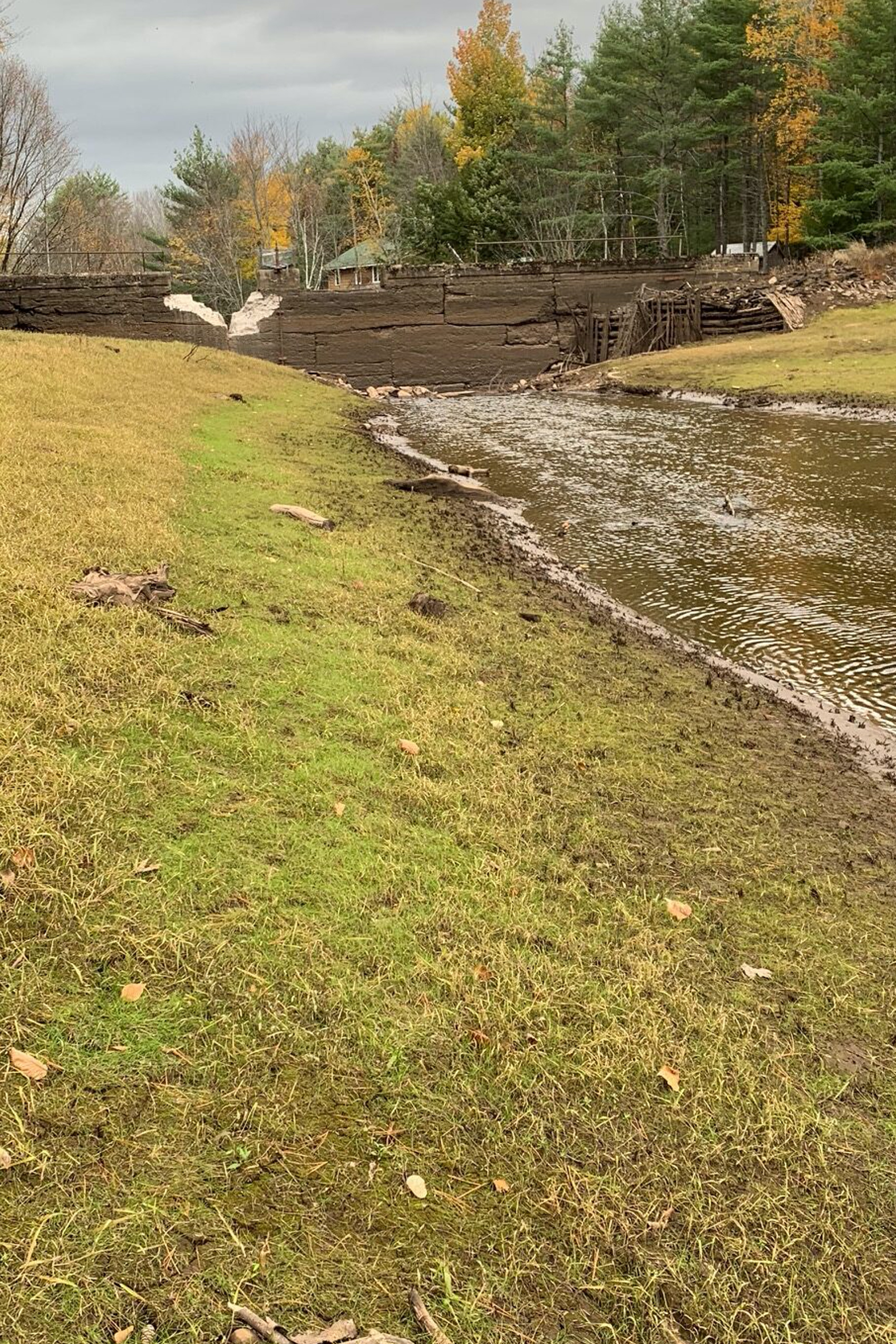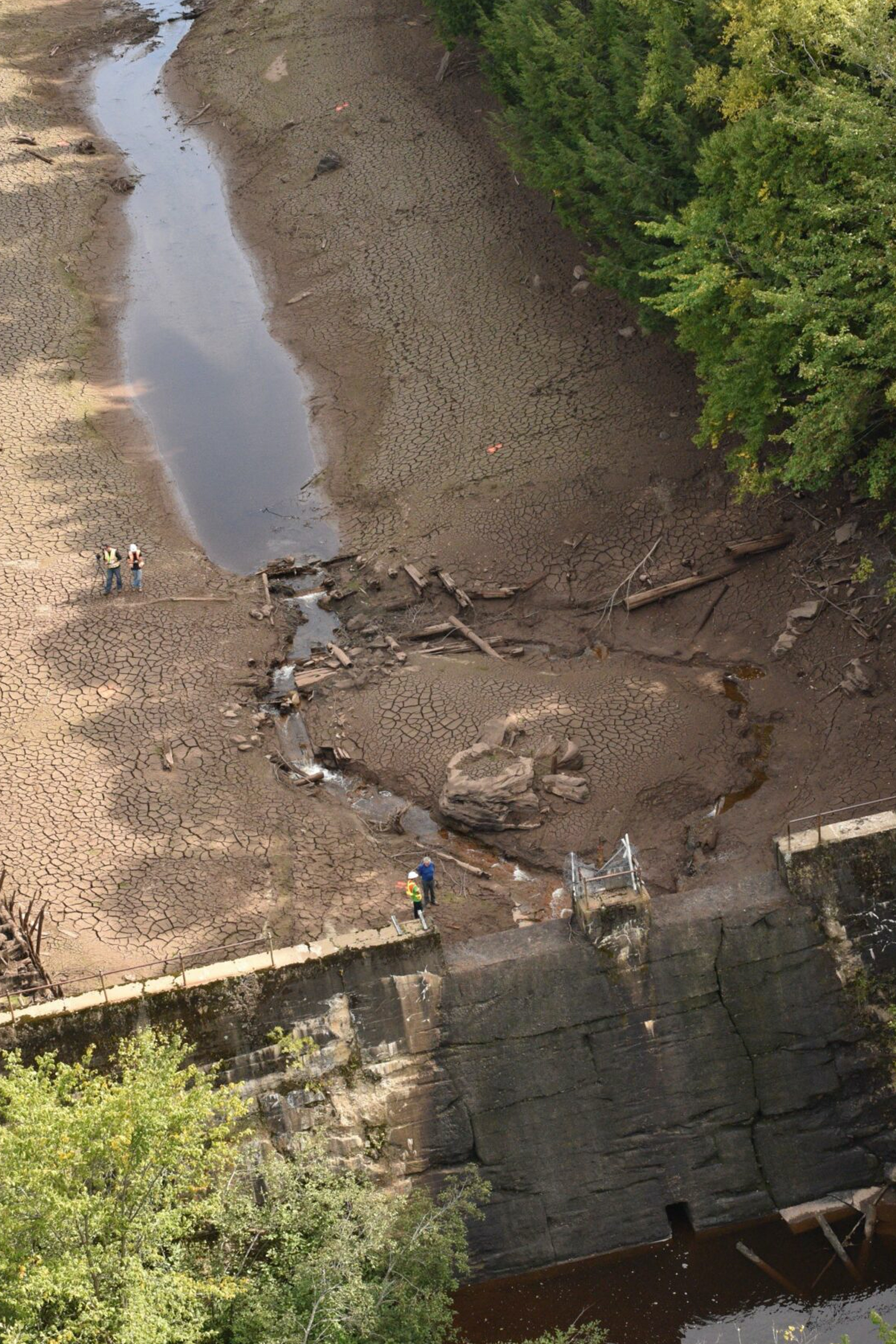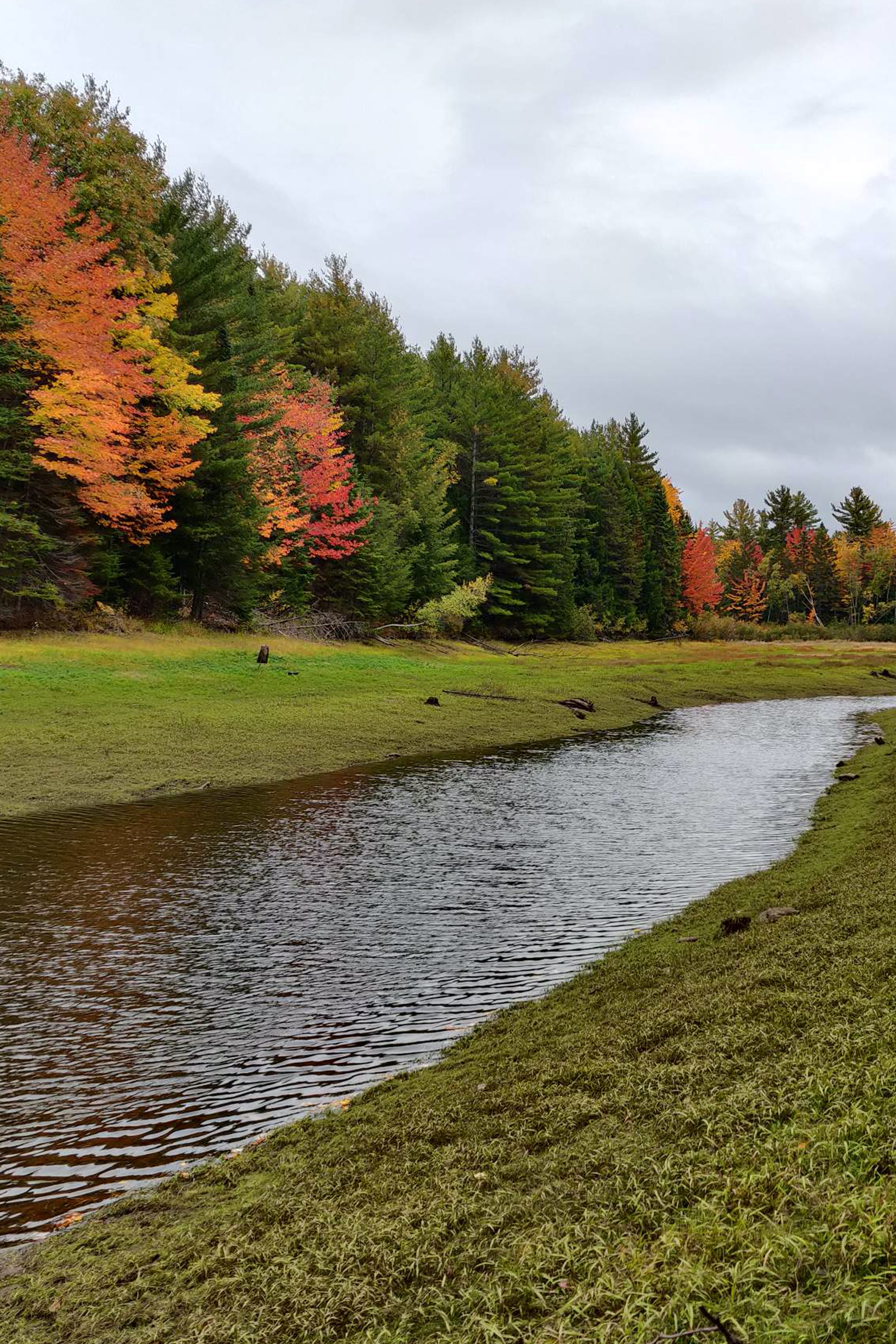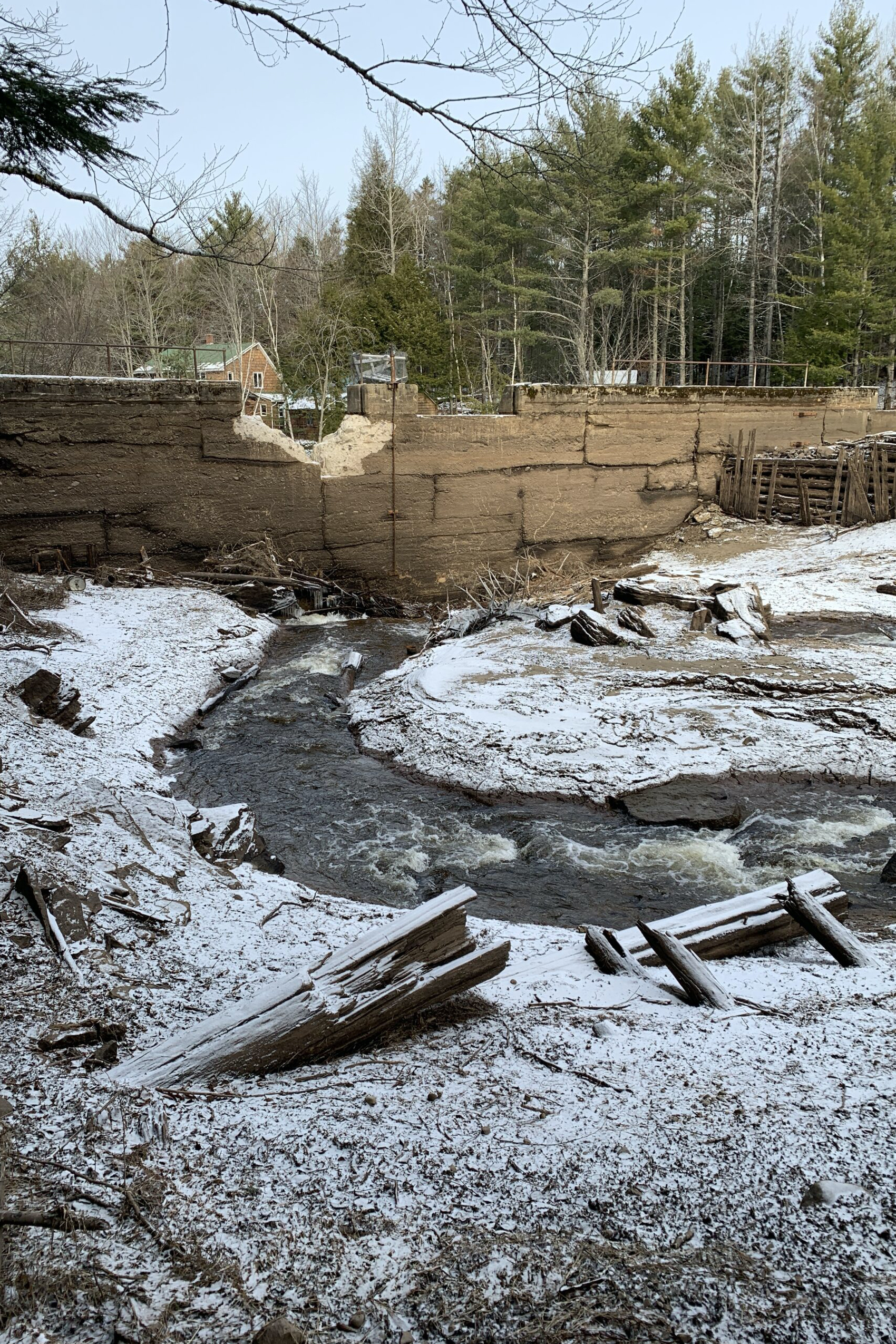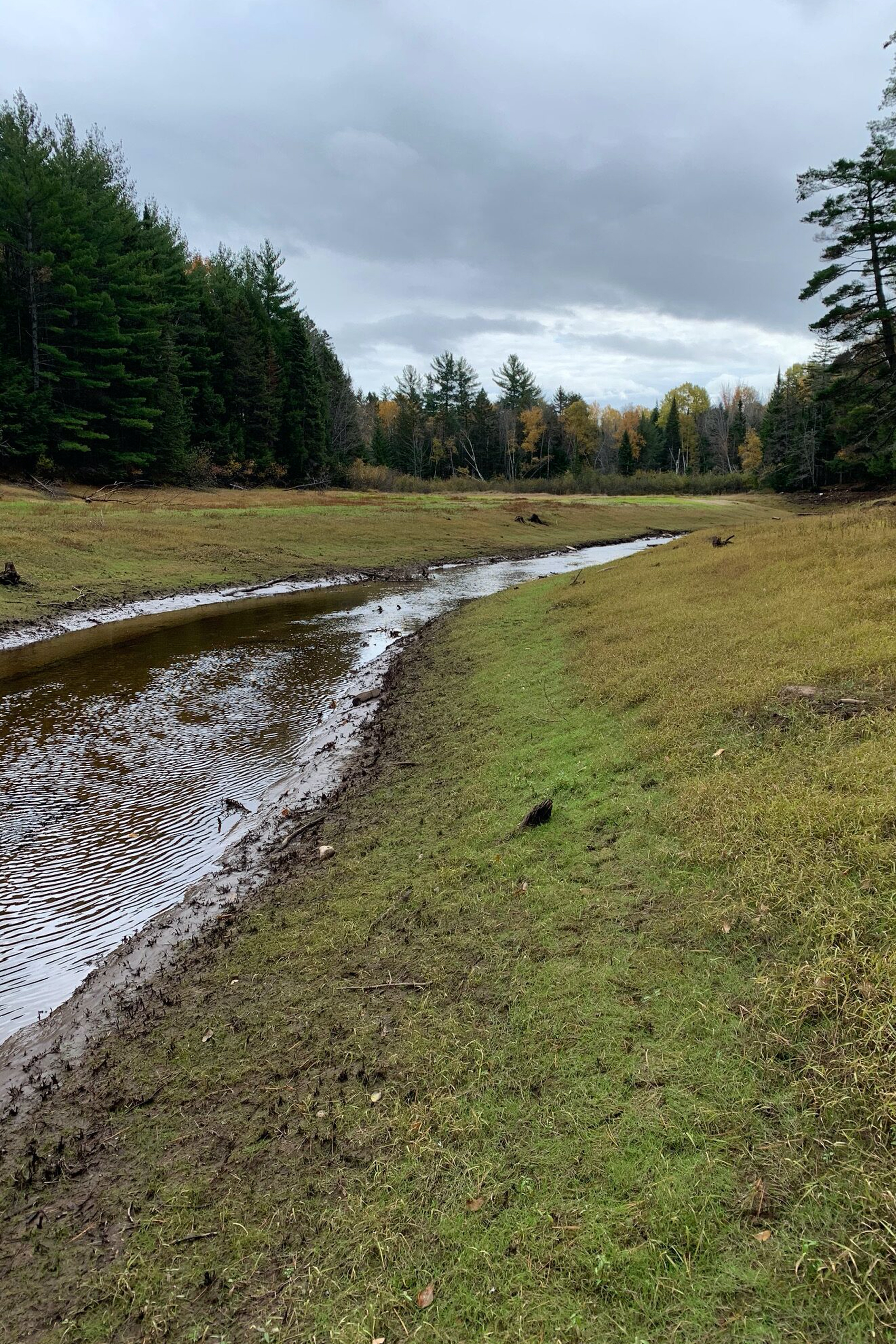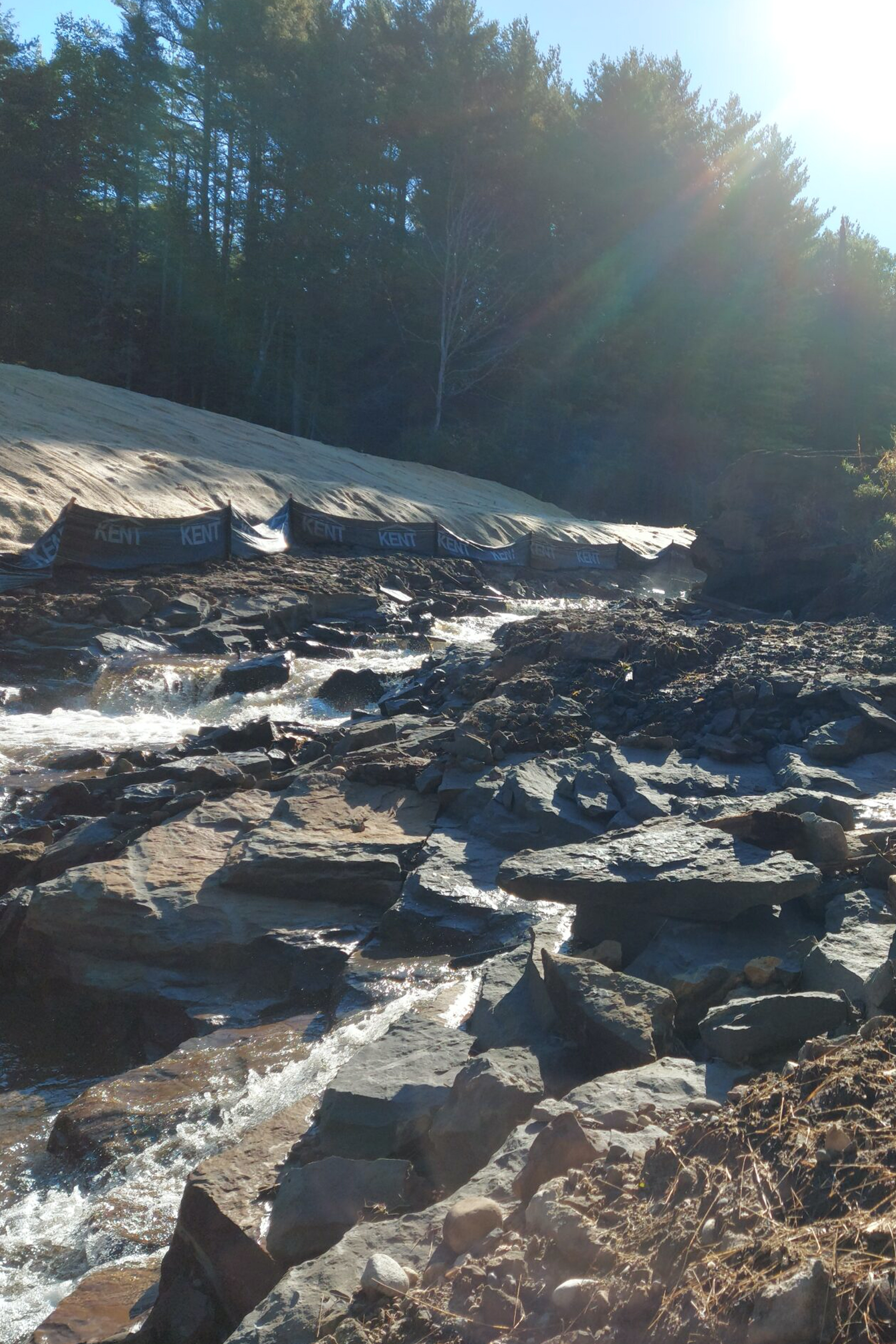Nashwaak Watershed Association
Campbell Creek Restoration
The Campbell Creek Restoration Project started in 2019 and involved a partnership between NGOs, Wolastoqey communities and organizations, and the City of Fredericton. Annually we monitor how effective the restoration was, collecting valuable data on Atlantic Salmon and aquatic insects. A major part of the restoration was the removal of the >100-year old Campbell Creek dam that was built to provide water to the Marysville Cotton Mill. The dam was undersized, a public safety liability, and has never provided fish passage.
By removing the dam and restoring access to Campbell Creek, anadromous species like Atlantic salmon will be provided with a net gain of quality spawning and rearing habitat. This will provide access to 33 km2 (over 22 km of stream length) of high-quality spawning and rearing habitat as well as a cold-water source.
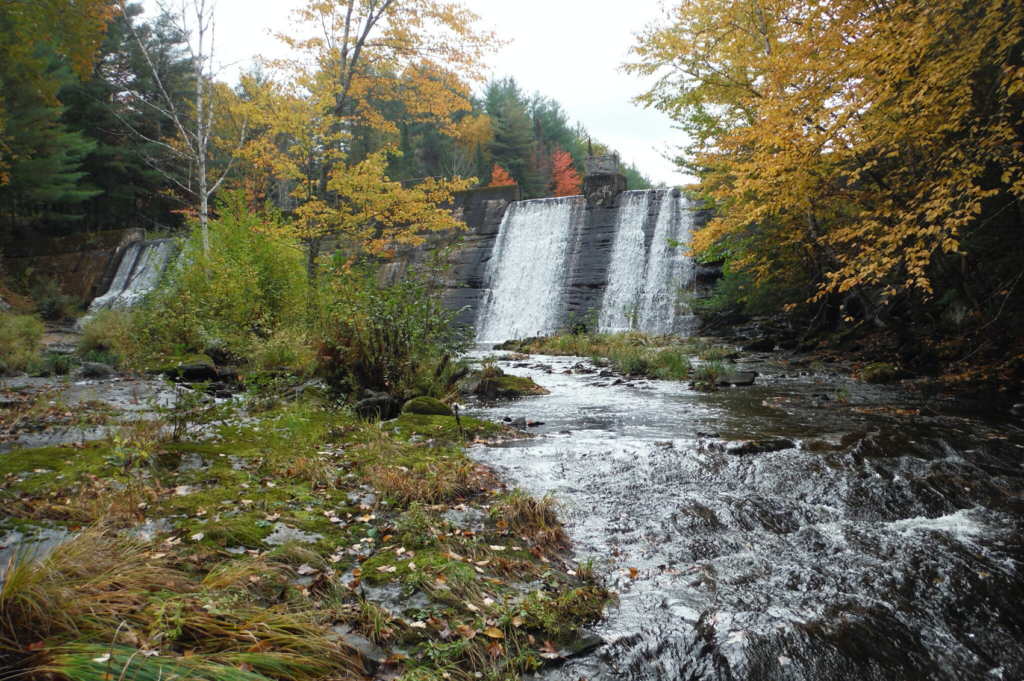
Dam Removal
The NWAI has collected environmental, physical, and biological data at Campbell Creek since 2017. We have written a baseline conditions document that will allow us to compare pre- and post-removal conditions.
In 2020, the headpond was drawn down using gravity siphons and a notch was cut in the dam. Engineering plans were developed and the permitting process was initiated.
In September 2021 the Campbell Creek Dam was fully removed, and free flow to the stream was restored for the first time in 100 years. Multiple fish rescues were conducted throughout the removal process to mitigate fish mortality in the construction zone, and we were pleased to find numerous Atlantic salmon parr and American eel downstream of the dam. Requisite Watercourse and Wetland Alteration and Archeological Research permits were acquired prior to any construction work.
Due to the age of the dam and the location of the headpond along a potential paleo-shoreline that might have been utilized in the past by Wolastoqey, an archaeological survey of the site was necessary. Provincial archeologists completed 3-D photogrammetric scanning and dendrochronology of the oldest parts of the dam, which were comprised of timber. Test pitting and monitoring was carried out by Colbr Consulting prior to and during the construction process to document any evidence of historic land-use of the site.
After being tested thoroughly for potential toxins and contaminants the concrete of the dam was laid to rest on-site, buried and covered in topsoil to be revegetated with grasses and trees. The newly-established stream channel was reconstructed to facilitate fish passage by roughening the stream bottom and creating a series of riffles and pools.
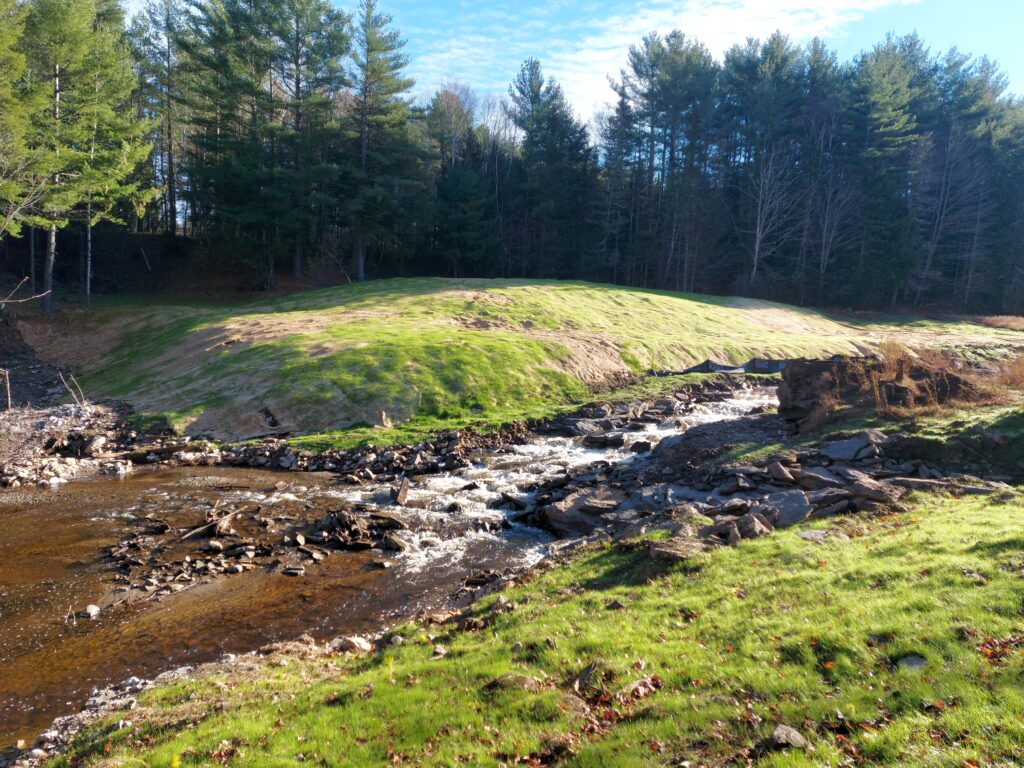
Tree Planting
In addition, the planting of trees and shrubs to restore the former headpond to upland Acadian forest will provide approximately 6.5 acres of habitat to terrestrial species. The overarching goals of the headpond restoration were to facilitate restoration of riparian and upland forest community and structure, while allowing more vulnerable sites to revegetate naturally, as well as mitigating erosion of the streambanks and downstream sedimentation..
The former headpond was planted with over 3000 native Acadian forest species including: red oak, eastern white pine, red spruce, yellow and white birch. Due to tricky site access, which did not allow vehicle entry into the headpond, all vegetation had to be carried into site by hand. Planting was carried out with the support of Community Forests Canada.
In addition to tree planting, over 900 native riparian shrubs were staked and planted along the newly established river banks and the construction zone was seeded with the appropriate grass by hand to mitigate erosion and sedimentation.
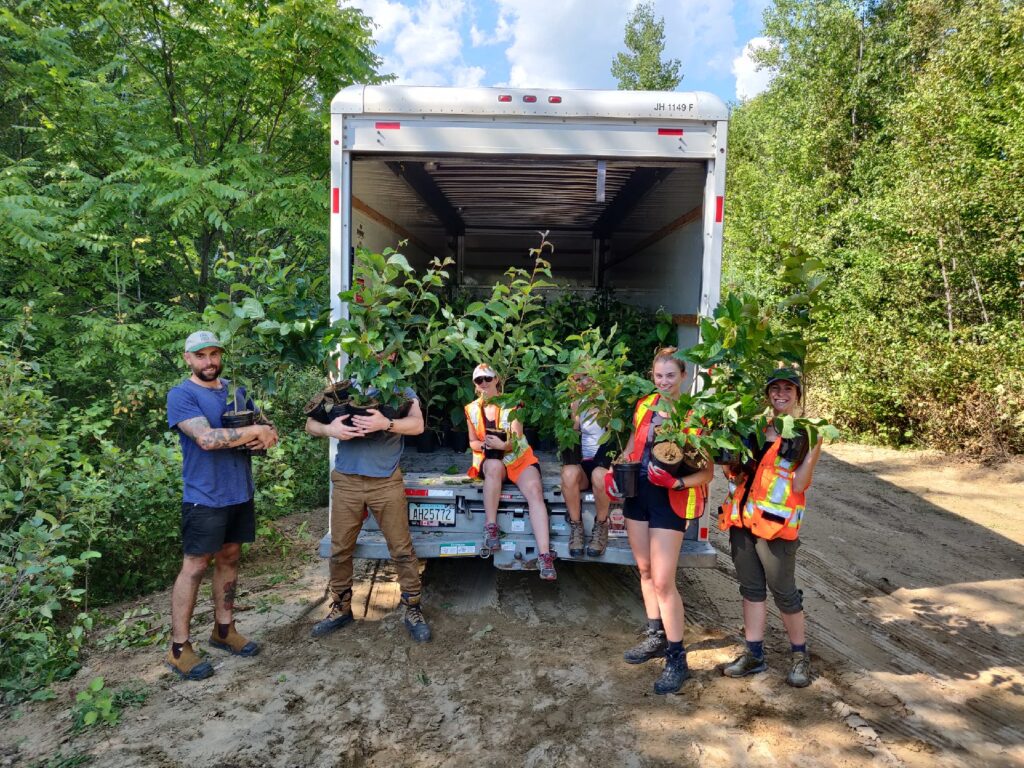
Moving forward into 2022 and beyond, we will continue to plant additional riparian species along the streambanks, as needed. A heritage display commemorating the dam’s history, but most importantly aspects of the much longer history of traditional Indigenous use in the area will be installed in 2022. We will also continue to monitor biological, physical, chemical parameters to assess the impacts of this intervention through to 2024.
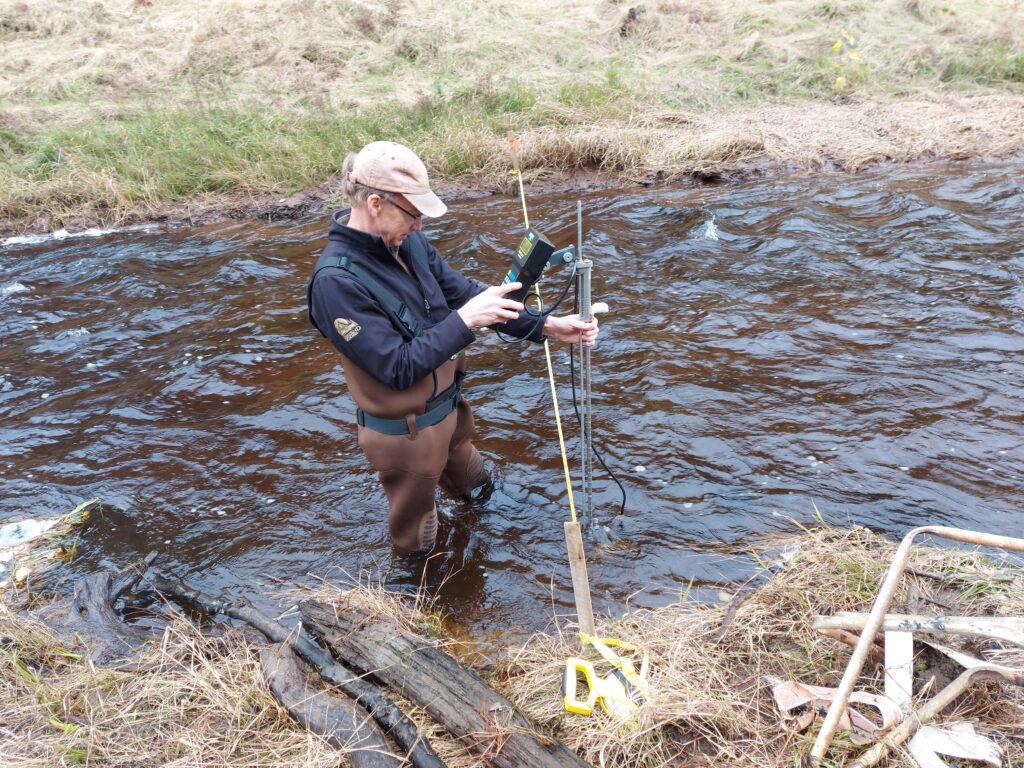
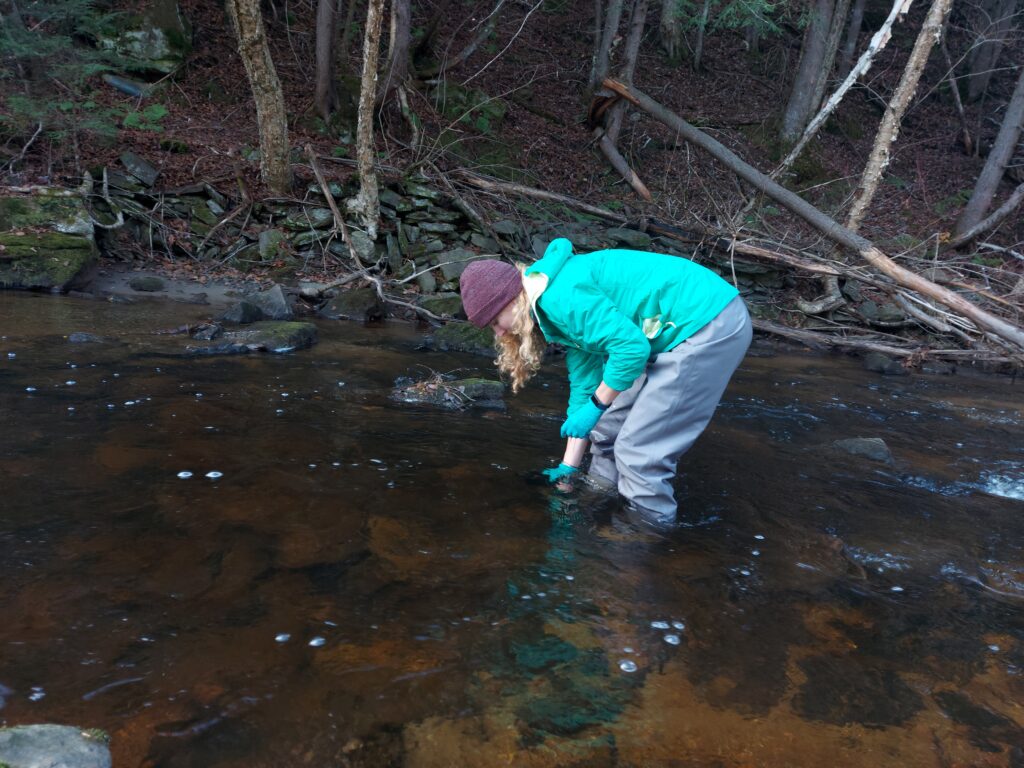
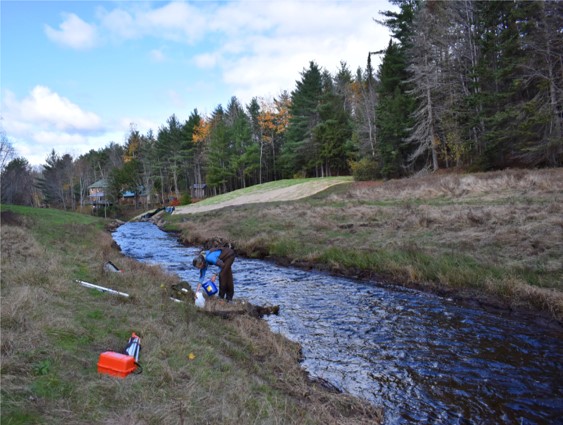
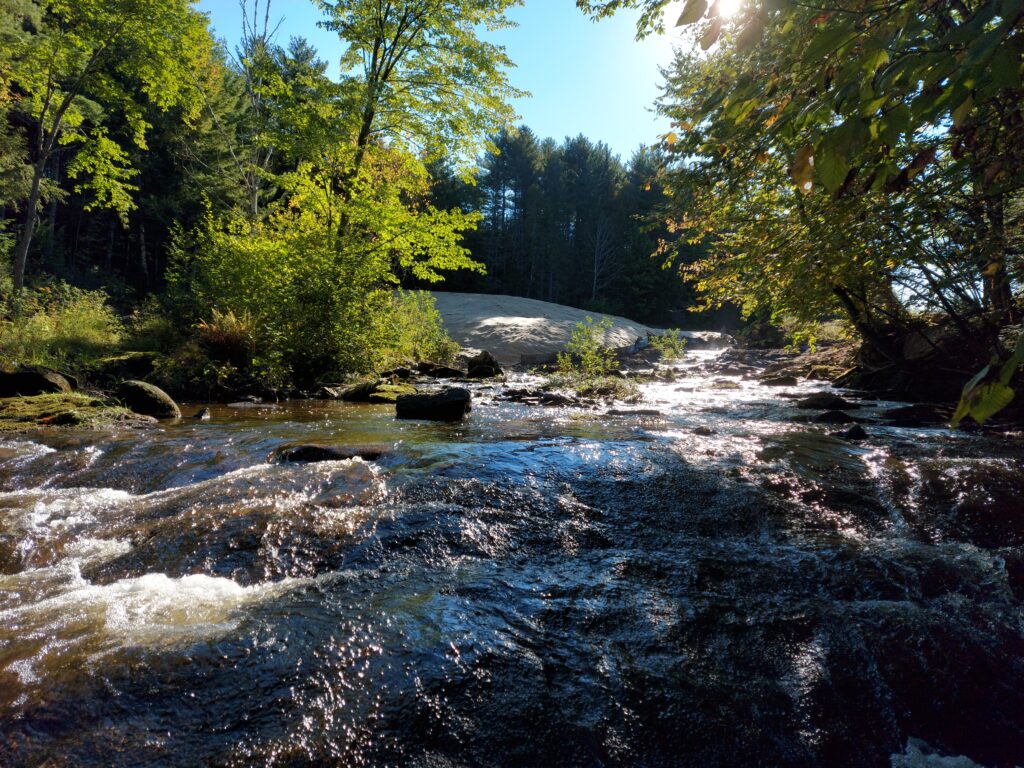
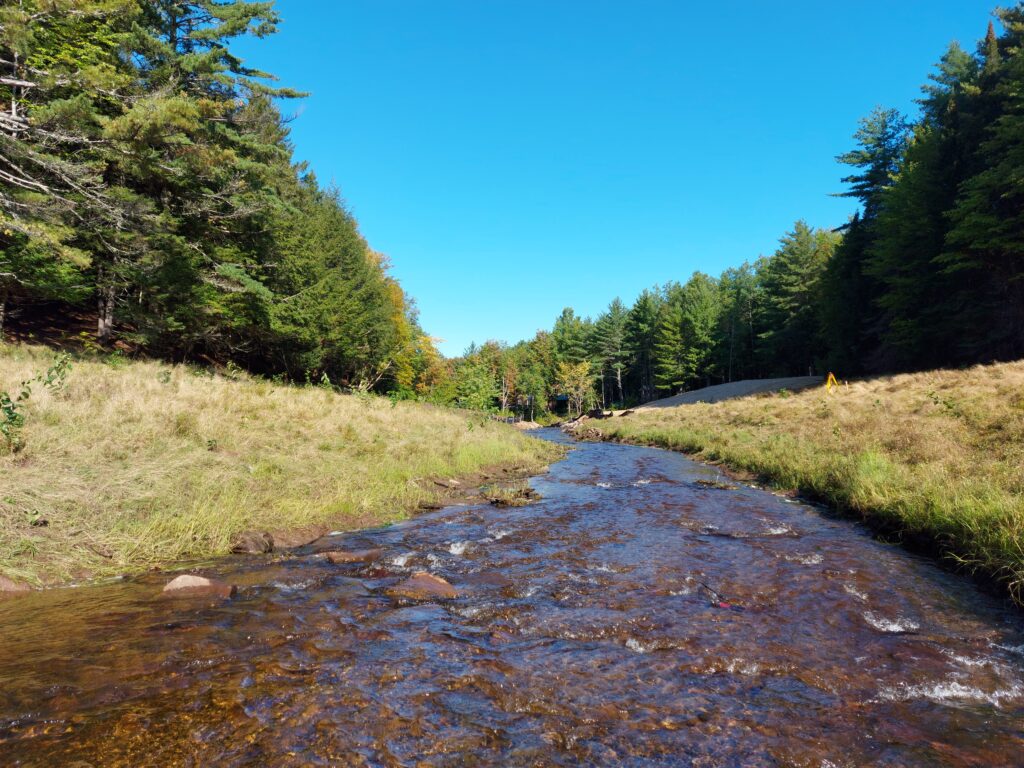
The removal of old dams is critical for restoring ecosystem health, fish habitat, and fostering climate change resiliency. A free-flowing Campbell Creek provides improved water quality, landscape connectivity, and regulation of the flow of water and sediment downstream.
The Campbell Creek Restoration Project is a partnership between the Nashwaak Watershed Association, the Maliseet Nation Conservation Council, the Atlantic Salmon Federation, St. Mary’s First Nation, the Wolastoqey Nation in New Brunswick, and the City of Fredericton

